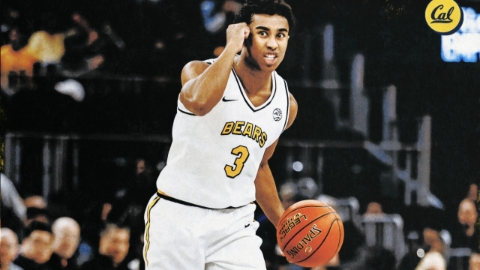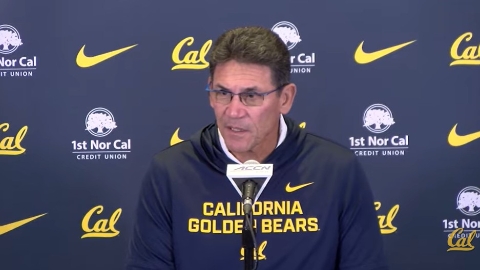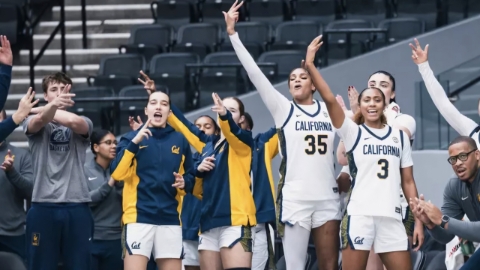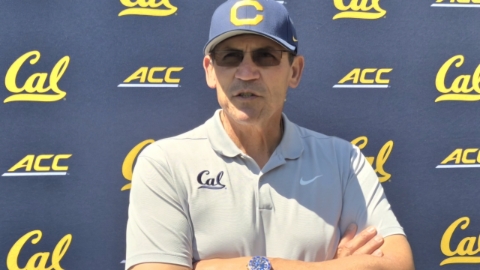National 7s Tournament Next for Ruggers
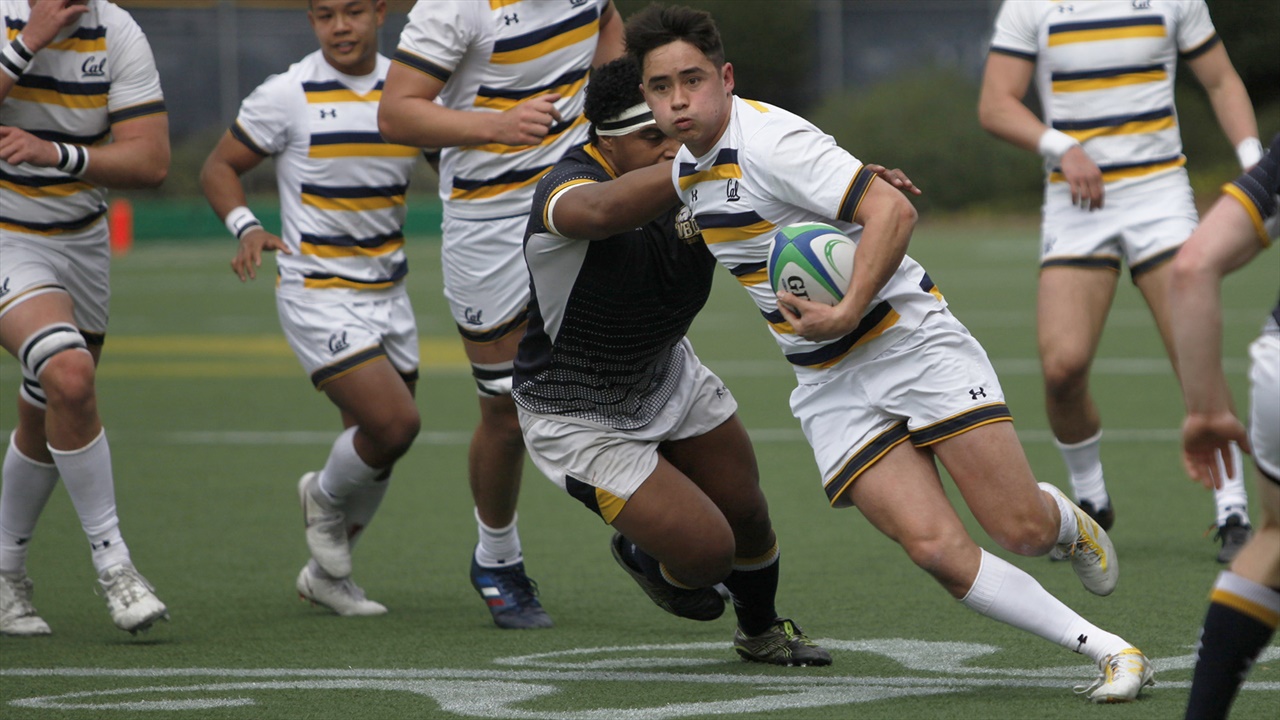
The Cal rugby team, just a month away from a successful 15s season in which the Bears made it to the national championship game, will start up again this weekend in the “slimmed down” version of the game.
In one of the more bizarre and challenging turnarounds in any organized sport, they will be participating in the Collegiate Rugby 7s Championship in Philadelphia. The 7-a-side version of the game is played on a field the same size as 15s, under basically the same rules. There are just fewer bodies.
The Bears won this particular tournament five straight years (2013-2017). Last year the Bears went to the USA Rugby College National 7s Championship, where they lost in the title game to Lindenwood.
Both events present similar challenges.
“It’s hard to make the transition we’re making,” head coach Jack Clark said. “The 15s season is a long season. You can only imagine at the end of a long football season having to hurry up and play one more time in a different form of the game.”
The players know what they are up against.
“It definitely is a quick turnaround from the 15s season which only ended two weeks ago,” said senior Elliott Webb (above, with ball), a fly-half in the 7s game. “The training has been very short. I think we are transitioning well. We have a ways to go, but we still have some time to transition back into what we had in a pretty good sevens season in the Fall.”
They did indeed, playing 17 games in three 7s tournaments in October, winning them all. After that came the long, largely successful (18-2) 15s season.
“I’m confident we will be ready,” Webb said..
Other than the size of squads, the main difference between the two versions is the length of the contests. Rugby 15s is played in two 45-minute halves. The 7s version has seven-minute halves, which increases the value of every possession and leaves considerably less time to make up for a mistake,
“Guys are trying to reconvert their energy system to the sevens which has very different demands, based on the burst and the short time that you play,” Clark said. “Basically it is an all-out sprint for all 14 minutes, that’s how it feels.”
And then there is the task of navigating the same size field with fewer than half as many players.
“It’s about space,” Clark said. “Because there is a lot more space, athletes that are evasive and hard to tackle are very good in the game. Obviously, if you get a little bit of an opening, somebody with a lot of speed can step on the gas and get behind the defense very quickly.
“But skills also matter, and if you can play with a lot of width, and the accuracy of your passing is good you can create space just by moving the ball around. It is really about how much space is available to teams that play with enough width and they have the athletes to exploit it.”
Each team is allowed to dress 12 players, Clark said the Bears will bring 13 “In case somebody wakes up with the flu.”
That roster will be culled from 25 training camp participants. As of Friday, Clark said he had a pretty good idea of who would be making the trip to Philadelphia.
“We haven’t announced anything yet, but we are down to the last few players,” he said. “Zack Tavenner has been trying to come back from injury and we are trying to give him every chance to come back. I think he was the best player on our team this year and then we lost him early in the 15s. He’s a really really good 7s player. We are giving him some chances to see if he can make it back.
“Then there are a few young guys who have their hand up and we are trying to sort through that.”

Clark said that junior wing Ken Kurihara (left) has been particularly impressive. “He’s quick and he’s got a good head for the game,” Clark said. “He reads the game very well, and he sees space. He is a very thoughtful rugby player. And he’s got the speed to be able to take a nip at the defense and get through a gap and then he’s behind you.”
Unlike 15s, where kicking tees are common, all the kicking in 7s is done in the drop-kick style. The kicker holds the ball at arm’s length, drops it and kicks it at the precise instant it hits the ground.
“It is definitely a bit of a change,” said Webb. “I am a fan of the dropkick. I didn’t have the best kicking season in the 15s, so it is a bit of relief to change back to the dropkick. In the 7s you have the conversion and the restart. In the dropkick, you don’t have that much time to think about things. You just drop it and kick it.”
The tournament consists of 24 teams divided into six groups of four. On the first day, each group plays a three-game round robin. The six winners and the two other teams with the best records (tie-breaker is point differential) advance to the quarterfinals the next day. Then it is straight-forward single elimination: quarters, finals and championship,
In order to give all teams some second-day action, there are various consolation flights for the teams below the top eight.
The other members of Cal’s group are Colorado, Indiana and that old rugby nemesis Life. “Indiana has a pretty good 7s season this spring,” Clark said. “They have played in three or four competitions and done very well. They’re a good team. Colorado has won a tournament so they are a good team as well. And Life is obviously a good team”.
The Bears, having lost to Life in the last two 15s national championship games, know all about that bunch.
Elliot Webb:
Jack Clark:
Related Story
Bears Fall to Life in National Championship Game
